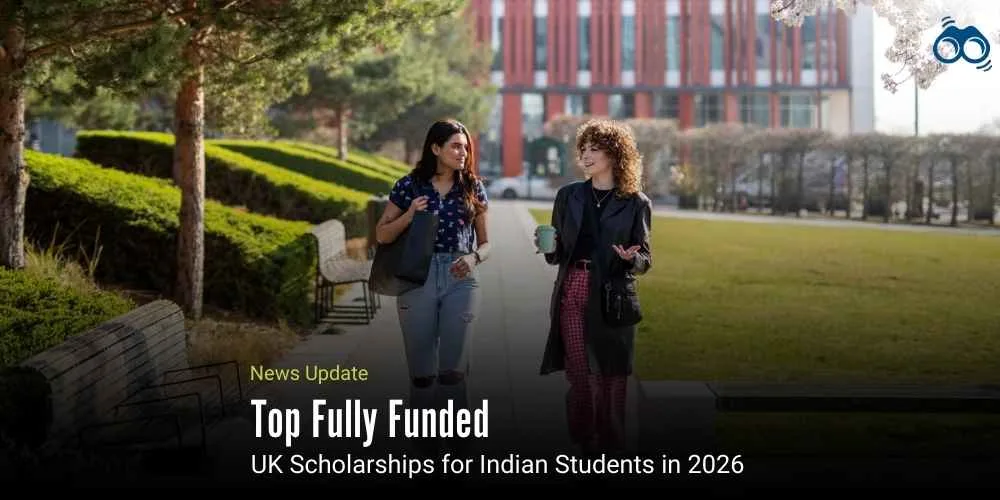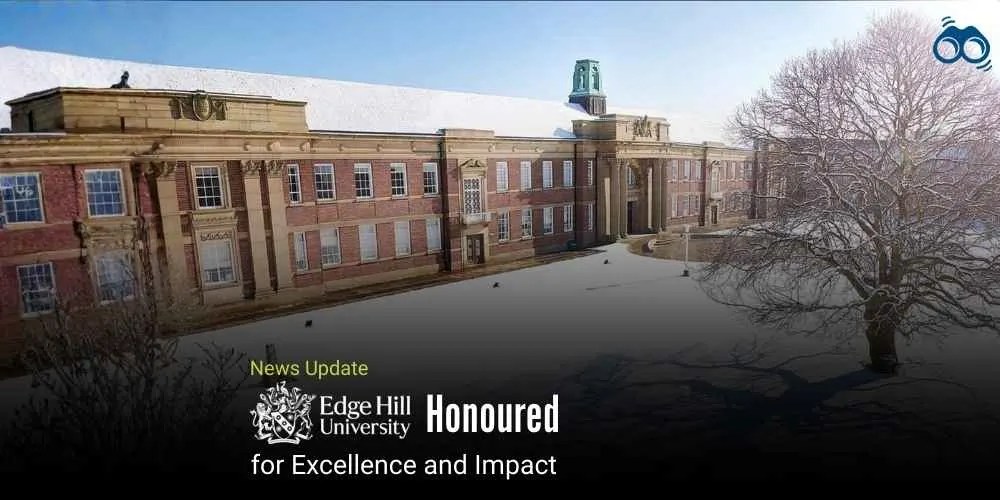Bold Move for Better Future: Chhattisgarh Adopts 18 Local Dialects in Schools
18 Local languages available for students in the Primary section, a great initiative by Chhattisgarh
The Indian Education system has initiated some courageous moves for the holistic development of students and for completely changing the traditional education strategies, with Chhattisgarh recently offering primary education in 18 regional languages and dialects. This program pledges to empower communities, protect cultural heritage, and transform education for kids throughout the state in addition to celebrating linguistic diversity.
The National Education Policy (NEP) 2020 recommends that the mother tongue or the local language be the medium of instruction at least up to the fifth standard. As part of this recommendation, the Chhattisgarh government has started to provide primary education in local languages and dialects in remote tribal regions. Teaching concepts to children in a language they are familiar with helps them learn them more efficiently, followed by higher retention rates and improved academic performance.
With an emphasis on offering top-notch educational resources, Chief Minister Vishnu Deo Sai has instructed the State Education Department to create and distribute free bilingual books in 18 regional languages to facilitate this. Studies reveal that learning in the mother tongue might result in better learning outcomes, such as increased academic performance and decreased dropout rates. It is in line with recommended procedures in pedagogy and educational psychology.
During the state-level "Shala Praveshotsav" event at Bagiya village in the tribal-dominated Jashpur district, Sai stated, "The new initiative of providing education in the local language will also help preserve local culture and traditions." Every year at the start of a new school year, there is an event called Shala Praveshotsav to encourage children to enroll in school. It was relocated to the CM's hometown of Bagiya this year from Raipur, the state capital.
Chhattisgarh has a lower literacy rate than the national average of 76%, with the numbers standing at 70.28 percent. According to School Education Secretary Siddharth Komal Pardeshi, classes will be taught in Sargujiha (spoken by 9.38%), Halbi (4.19%), Sadari (3.97%), Gondi-Dantewada (2.33%), Kudukh (0.7%), and Chhattisgarhi, which is the language spoken by 65.83% of Class 1 children. Primary school examinations in tribal areas can also be given in the indigenous languages and dialects, according to a representative of the Education Department. The official stated, "However, instruction for higher classes will continue to be given in Hindi and English." The groundbreaking initiative by Chhattisgarh establishes a model for other states and nations facing issues related to language diversity.
Editor’s Note:
Chhattisgarh has set an example of a progressive approach to education reform by offering basic education in 18 regional languages and dialects, which will grow diversity, cultural preservation, and linguistic variety. Language can cross all the barriers that anyone faces in life but due to the increasing effect of Westernization, students hesitate to speak their mother tongue nowadays. This initiative promises to reshape student perspectives and societal norms, emphasizing that learning thrives through comprehension and cultural connection. Skoobuzz appreciates this pioneering initiative by Chhattisgarh to allow students to pursue studies in their language which will surely open the doors for improved educational outcomes.














0 Comments (Please Login To Continue)